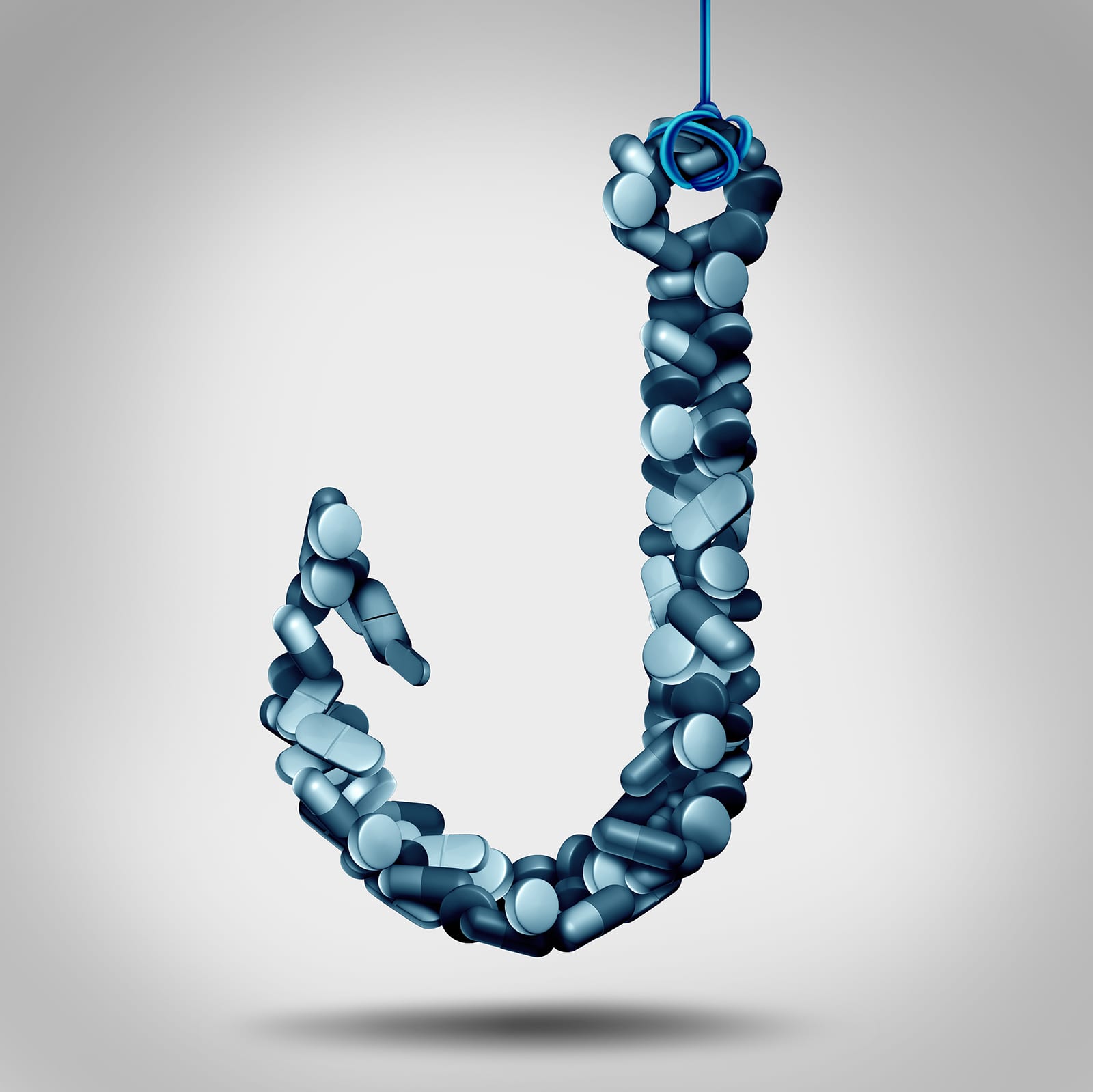We continue our series on the national opioid epidemic by exploring treatment options for those seeking help with addiction. We’ll focus on a treatment option currently receiving a great deal of attention, and provide resources as to how this option works. Today’s post is a little longer than our previous work, so let’s jump right in.
How is Drug Addiction Treated?
Approaches to drug addiction may vary, but treatment is most often presented as behavioral therapy or Medication-Assisted Treatment (MAT).
In recent years, the Department of Health and Human Services, the National Institute on Drug Abuse and the Food and Drug Administration have placed an emphasis on MAT, therefore this post will focus on this particular option. Please remember that VACo takes no position on these treatments or their efficacy.
Before we get started on MAT, it is important to note that some treatment centers or addiction recovery methodologies to do not include MAT at all, may only utilize some drugs during the “detoxification” phase, or may only offer MAT on a transitional basis with an abstinence goal in mind. For instance, Narcotics Anonymous (NA) is generally, “a program of complete abstinence.” If you are interested in learning more about this viewpoint, read more about NA and MAT here. For information about transitional use of MAT, take a look at this article by the Hazelden Betty Ford Foundation.
What is MAT?
MAT is the addiction treatment method wherein patients are provided with various drugs that address withdrawal symptoms or prevent cravings. The Substance Abuse and Mental Health Services Administration (SAMHSA) describes MAT as, “…the use of medications, in combination with counseling and behavioral therapies, to provide a ‘whole-patient’ approach.” This method of treatment may also be referred to as “replacement” or “maintenance” therapy. Individuals may be prescribed replacement drugs for several months or for many years. In some cases, the individual may take these drugs for life. Some replacement drugs are habit-forming and contain the potential for abuse, which is why MAT carries a history of controversy. However, MAT has been increasingly encouraged by government health agencies and some addiction treatment professionals.
What Medications are used in MAT Therapy?
MAT most often incorporates one or more of the following drugs: methadone, buprenorphine or naltrexone.
Methadone
Methadone is itself a “long acting” opioid, which has been used for several decades to treat addiction or manage pain. SAMHSA explains, “Methadone works by changing how the brain and nervous system respond to pain. It lessens the painful symptoms of opiate withdrawal and blocks the euphoric effects of opiate drugs such as heroin, morphine, and codeine, as well as semi-synthetic opioids like oxycodone and hydrocodone.” Methadone may be prescribed during the “detox” phase, and as an ongoing replacement drug. As an opioid, methadone is addictive and contains a potential for abuse. For more detailed information about methadone, review this article by the Western Journal of Medicine.
Buprenorphine
In recent years, buprenorphine has been widely used to address opioid abuse. SAMHSA offers, “Buprenorphine is an opioid partial agonist. This means that, like opioids, it produces effects such as euphoria or respiratory depression. With buprenorphine, however, these effects are weaker than those of full drugs such as heroin and methadone.” You may also see this drug referred to as Suboxone or Zubsolv (buprenorphine combined with the opioid antagonist naloxone), Sublocade (a once-a-month injection of buprenorphine), or Probuphine (an under-the-skin implant of buprenorphine). Like methadone, this drug can be prescribed to those in detox and as a maintenance medication. Buprenorphine can be addictive and contains a potential for abuse.
Naltrexone
Naltrexone differs from methadone and buprenorphine in that it is not a narcotic, and is not addictive. You may see naltrexone referred to as ReVia or Depade (pill form) or as Vivitrol (a once-a-month injection). The National Institutes of Health describes how the drug works, “Naltrexone is a medication that blocks the effects of drugs known as opiates, or narcotics. It competes with these drugs for opioid receptors in the brain.” Distinct from methadone and buprenorphine, naltrexone may not be taken if a patient has used opioids within the last 7 to 10 days. This means that patients must go through withdrawal before starting naltrexone, which in turn means fewer patients use this medication. A recent study found that naltrexone, is as “safe and effective” as buprenorphine, however the study also notes the difficulty presented by the total detoxification requirement.
How Easy is it to Access Treatment?
It depends on where one lives and one’s financial situation unfortunately. A 2015 study found, “Most US counties therefore had no physicians who had obtained waivers to prescribe buprenorphine-naloxone, resulting in more than 30 million persons who were living in counties without access to buprenorphine treatment.” Furthermore, the President’s Commission on Combating Drug Addiction and The Opioid Crisis issued a report stating, “Across all U.S. counties, 38 percent did not have a treatment facility for Substance Use Disorder in 2016…The data show that progressively larger proportions of counties did not have Substance Use Disorder treatment facilities as the level of urbanization decreased. Among the most rural counties, 55 percent did not have a substance use treatment facility.” Virginians will be interested to know that in recent years the General Assembly has taken action to expand the addiction treatment services included in its Medicaid program. Find out more about these services here.
Conclusion
Some may differ on the most effective form of addiction treatment, but all recognize the importance of long-term therapy. Unfortunately, a severe lack of options exist for those struggling with addiction.
VACo Contact: Angela Inglett

